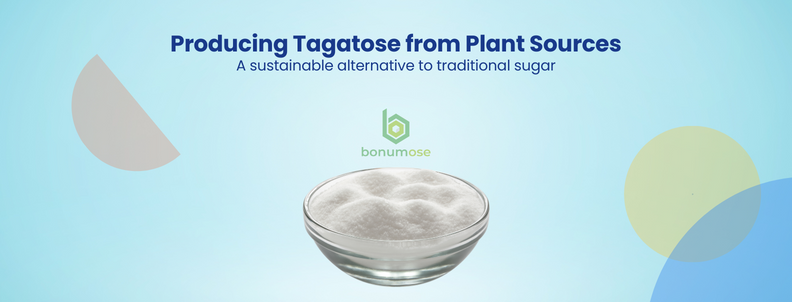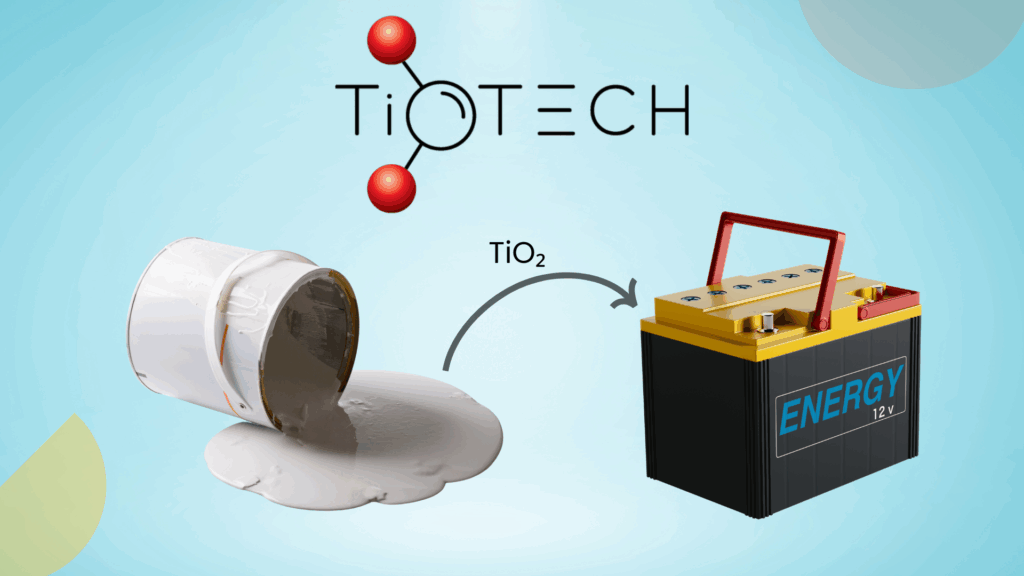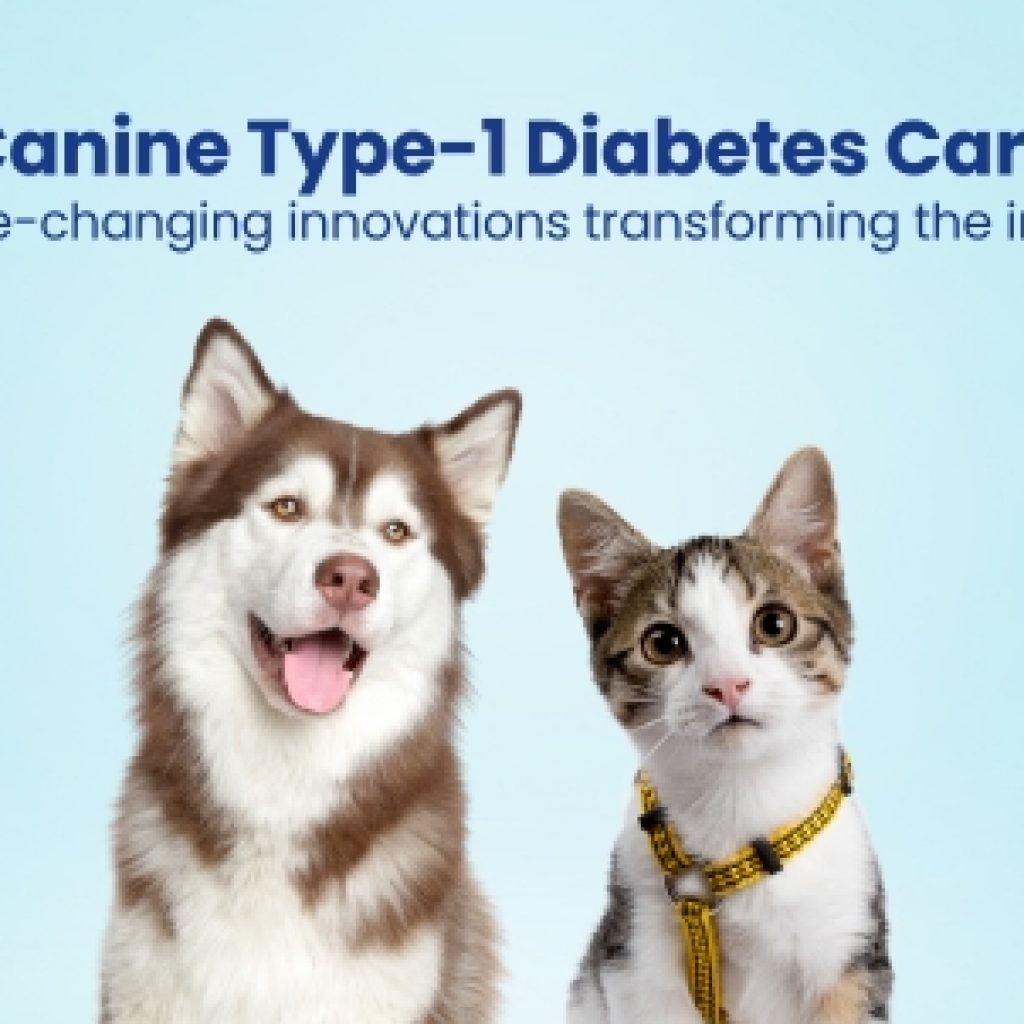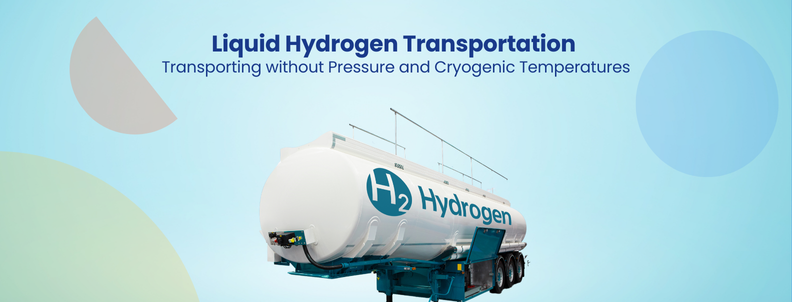Sugar reduction has remained a continuous trend in the F&B industry due to the increasing awareness of health risks associated with excessive consumption. Linked to various health issues, including obesity, type 2 diabetes, heart disease, and tooth decay, there’s a growing demand for healthier alternatives.
Bonumose, a US-based company, has emerged as a leader in this space, actively working on tagatose production. Utilizing a proprietary process from plant-based sources, Bonumose aims to provide a cost-effective and sustainable alternative to traditional sugar.
We were determined to learn about Bonumose’s technology and explore its potential impact on sugar reduction as a technology scouting firm. In order to gain valuable insight into Bonumose’s enzymatic technology for the manufacture of sugar substitutes, we invited Ed, Bonumose’s CEO.

Ed Rogers, the CEO and co-founder of Bonumose, brings over 30 years of entrepreneurial business experience as a founder, investor, adviser, and lawyer to his role. Along with co-founder and Chief Scientific Officer, Dr. Daniel Wichelecki, his leadership has propelled Bonumose to address the global demand for healthier and more sustainable sweetener options, marking significant progress in the field.
Want to know how Bonumose is doing it? See for yourself.
Overview: Bonumose’s Sugar Reduction Technology
Bonumose’s sugar reduction technology revolutionizes the production of healthier sugar alternatives like Tagatose. Their patented process utilizes irreversible enzymatic reactions to directly convert starch into these alternatives directly, yielding higher purity and efficiency compared to traditional methods.
This cost-effective and scalable approach eliminates multiple processing steps, making it suitable for global mass production. Moreover, their alternatives mimic sugar’s taste and functionality while offering health benefits like lower calories and prebiotic effects.
Bonumose continually strives for improvement, aiming to enhance enzyme performance and expand the application of its technology, making it a promising solution for the food industry’s demand for healthier sweeteners.
Short on time?
Here are key highlights from the discussion.
Highlights from the conversation
What are your plans for making healthy sugar alternatives affordable globally?
We operate a continuous production process for Tagatose, with our commercial facility running 24/7. Our approach sets us apart, especially in contrast to the typical method for producing Allulose. Unlike the conventional process, which yields only around 25-30%, our patented process achieves 85% yield in a single enzymatic reaction. By starting with starch and using an irreversible enzymatic reaction, we bypass the equilibrium constraints faced by other methods, streamlining production and purification.
Similarly, our method for producing Tagatose is groundbreaking. While traditional methods involve complex processes with low yields, our process delivers Tagatose directly from starch with 85% or higher yields. This simplifies purification and drives down costs. Furthermore, our approach is globally scalable, utilizing widely available plant-based feedstocks and existing processing equipment found in high fructose corn syrup plants and sugar refineries. This scalability aligns seamlessly with existing food value chains, facilitating mass production without the need for revolutionary changes.
Our innovations offer a feasible pathway to globally scalable production, leveraging existing infrastructure and abundant plant-based resources to meet the growing demand for healthier sugar alternatives.
What are the challenges faced by Bonumose?
We hold robust patents globally, including in China, ensuring protection for our innovations. While imitation poses challenges, we are equipped to address such infringements. Thankfully, there are no structural barriers hindering the adoption of Tagatose and Allulose in food production.
Regulatory approval remains a hurdle in some regions, with labeling requirements varying between countries. Despite regulatory obstacles, our products offer numerous health benefits, including lower calorie content, prebiotic effects, and dental benefits. Tagatose, in particular, possesses therapeutic-like qualities and should be encouraged.
Regarding cost, our scalable production process ensures competitive pricing compared to alternatives, although we maintain a premium price point due to the unique properties of Tagatose and Allulose.
How is Bonumose’s Technology different from other companies in the industry?
Numerous startups are emerging in the sugar alternative market, some showing promise, and there will be a lot of winners. We believe Tagatose, particularly due to its resemblance to sugar in taste, functionality, and flavor, will emerge as a significant success. Our production process for Tagatose, distinct from others, is backed by patents, ensuring its uniqueness and cost-effectiveness. We diligently monitor the patent landscape to safeguard against imitation. While other alternatives like Allulose are discussed, none match Tagatose’s overall superiority in taste, functionality, and health benefits. While certain alternatives may excel in specific applications, we believe Tagatose stands out as a versatile substitute.
How do you compare the future market of Tagatose when the majority of companies are eyeing Stevia?
Stevia and other high-intensity sweeteners like monk fruit and sweet proteins complement Tagatose rather than competing with it. The combination often proves stronger than using high-intensity sweeteners alone. Our strategic partner, Symrise, specializes in enhancing these sweeteners, addressing issues such as bulkiness and bitter aftertaste.
Combining Tagatose with high-intensity sweeteners can improve taste, mouthfeel, and functionality across various products, including ice cream. Tagatose’s ability to depress the freezing point in frozen treats like ice cream maintains a creamy texture, although sometimes it surpasses sucrose in this aspect. Symrise’s expertise in flavor modification helps achieve a closer match to sucrose. This blending synergy extends beyond beverages to other product categories.
What are the future developments that we can expect from Bonumose?
We leave the application of Tagatose in food products to our customers and distribution partners, concentrating solely on perfecting its production. Interestingly, Tagatose exhibits antifungal and antimicrobial properties, beneficial for certain plants like potatoes, grapevines, and tomatoes. While we do not delve into applications beyond supply, there’s potential for therapeutic uses in humans and animals due to its antimicrobial benefits.
We continually enhance enzyme production processes, aiming to reduce costs further. The enzymes used for Tagatose are also utilized for Allulose and other starch-derived products like Mannose, which has various applications, including urinary tract infection treatment. Our ongoing enzyme improvements facilitate the production of not just Tagatose and Allulose but also a spectrum of related compounds.
Meet our interviewer – Shikhar Sahni, SVP of Operations at GreyB.

Shikhar Sahni is a technology consulting veteran with experience supporting technology investment decisions, R&D expansion strategy, IP expansion strategy, and conducting litigation risk mitigation and competitive assessment studies.
Over the years, he has assisted Fortune 500 companies, consulting R&D teams, CTOs, IP heads, litigation lawyers, and individuals reporting to C-level executives and directors. Utilizing patents as a core component, his approach involves customizing solutions to enhance both R&D and overall business activity, focusing on delivering high ROI for clients in technology investing and R&D strategy.
Want to scout other innovative technologies for sugar reduction?
Look no further – our comprehensive report has all the answers you seek!
Fill out the form below and get your hands on our report.
Also Read – Top FDA-Approved Sugar Reduction Solutions You Should Know
Authored By – Ridhima Mahajan, Marketing










